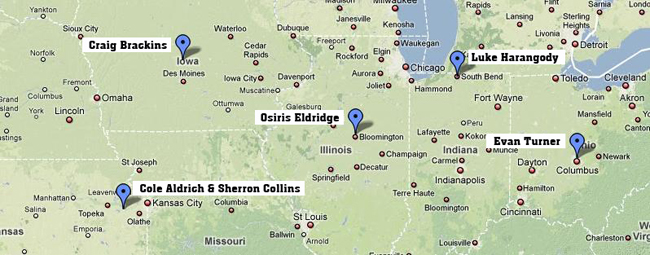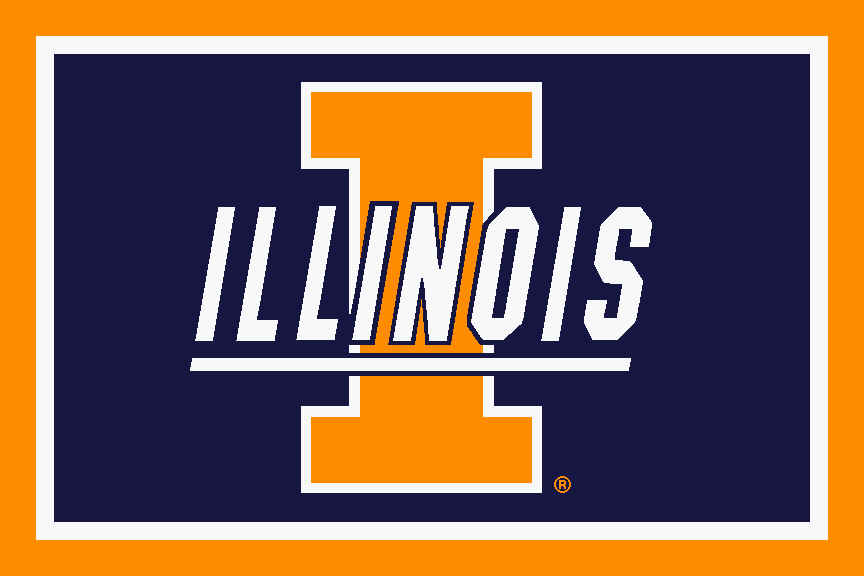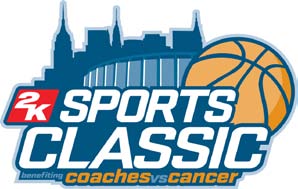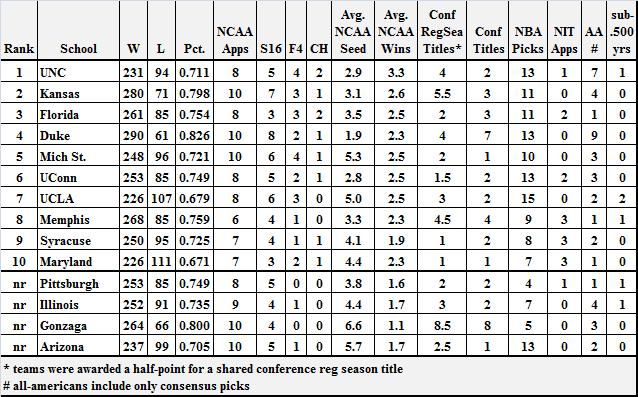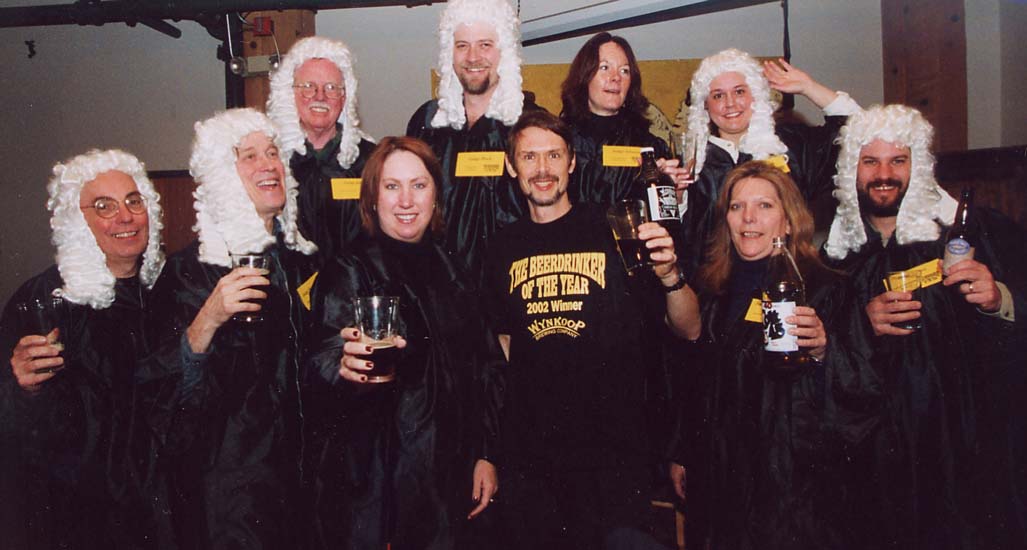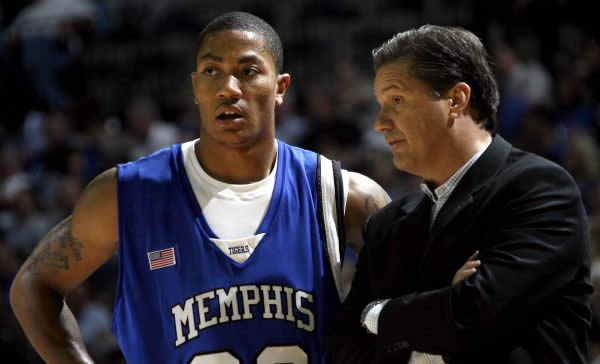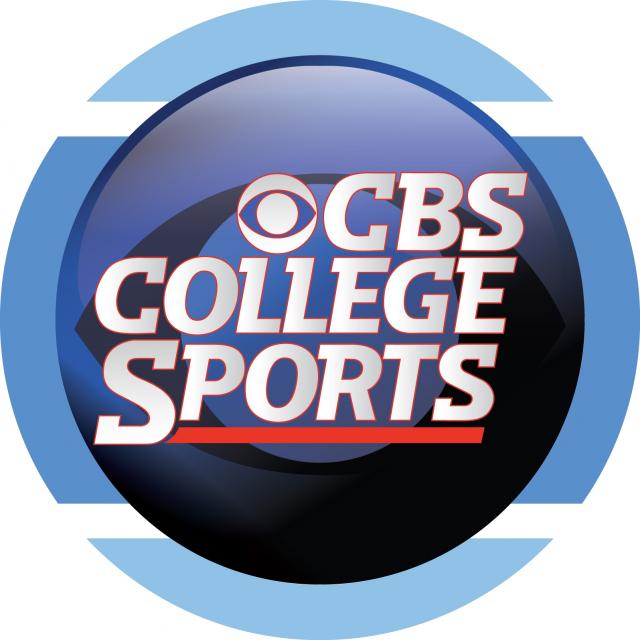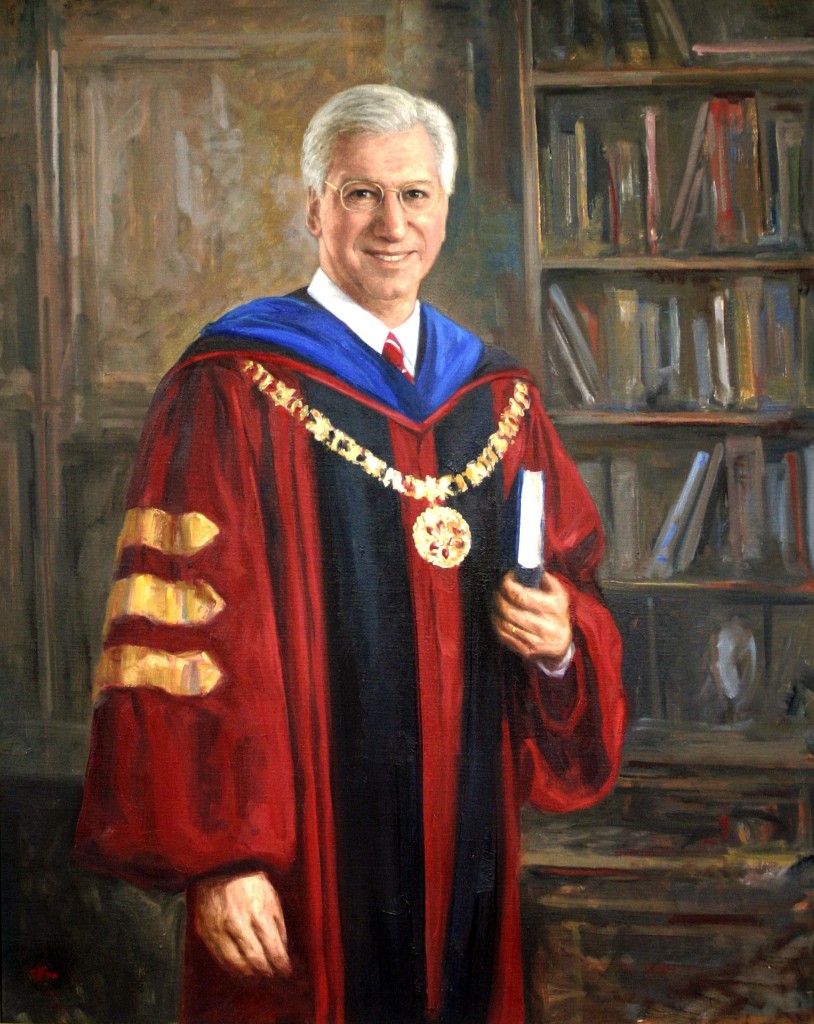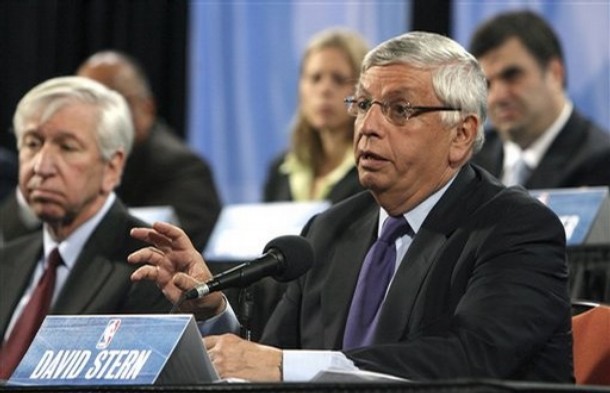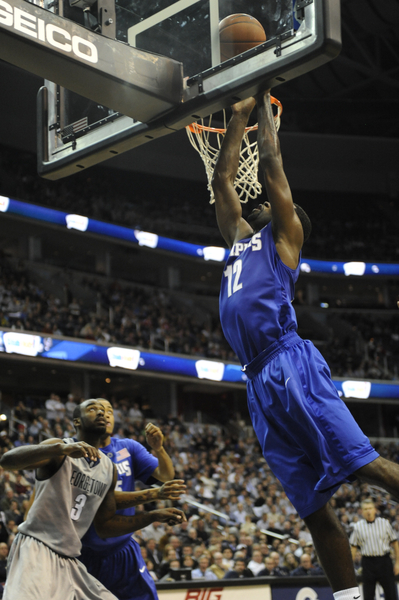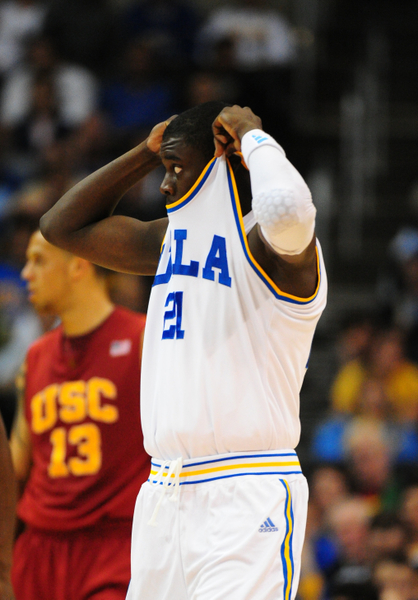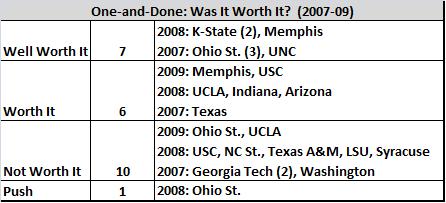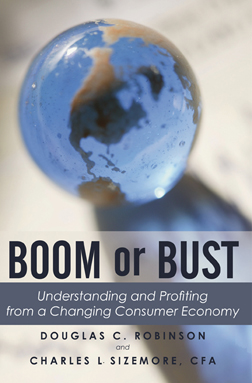RTC 2009-10 Impact Players: Lower Midwest Region
Posted by zhayes9 on October 13th, 2009Ed. Note: the previous posts in this series (Northeast, Mid-Atlantic, Atlantic South, Deep South and Mid-South) are located here.
It’s time for the sixth installment of our RTC 2009-10 Impact Players series, the group of rust belt and farming states that we like to call the Lower Midwest. Each week we’ll pick a geographic area of the country and break down the five players who we feel will have the most impact on their teams (and by the transitive property, college basketball) this season. Our criteria is once again subjective – there are so many good players in every region of the country that it’s difficult to narrow them down to only five in each – but we feel at the end of this exercise that we’ll have discussed nearly every player of major impact in the nation. Just to be fair and to make this not too high-major-centric, we’re also going to pick a mid-major impact player in each region as our sixth man. We welcome you guys, our faithful and very knowledgeable readers, to critique us in the comments where we left players off. The only request is that you provide an argument – why will your choice be more influential this season than those we chose?
Lower Midwest Region (OH, IN, IL, IA, NE, KS)
Ed. Note: for the purposes of our analysis in this region, Butler was considered a high-major program.
-
Cole Aldrich – Jr, C – Kansas. Much like North Carolina one October ago, Kansas appears to be the unanimous selection to begin the season atop every poll and ranking. One of the main reasons for such accolades is the continued improvement of Cole Aldrich, the Kansas double-double machine in the post. Remember the national semifinals against UNC in 2008 when Aldrich burst onto the scene recording eight points, seven rebounds and four blocks in a then career-high 17 minutes? That was the night college hoops fans first saw what Aldrich can provide for Bill Self and his Jayhawks. In a full season of play, Aldrich and guard Sherron Collins were the anchors behind Kansas’ surprising run to a #3 seed and a Sweet 16 berth in what was supposed to be a rebuilding year. Cole Aldrich and a pretty good player named Blake Griffin were the only players in the Big 12 to average a double-double in 2008-09. Speaking of stats, Aldrich’s triple-double in the second round against Dayton – 13/20/10 blks- was the first recorded triple double in KU’s illustrious basketball history. Aldrich led the conference in blocks with at 2.7 BPG, finished second in rebounding at 12.4 RPG, second in FG% at 60% and tenth in FT% at an impressive 79% for a 6’11 center. Aldrich possesses great length, a high motor and displays the fundamentals under the basket that Self loves. The insane talent around Aldrich this season will only put less of a load on his shoulders as the big man can rely on Collins for the clutch outside shot, Xavier Henry on the wings, Thomas Robinson on the block or Tyrel Reed to knock down the long-range three. But the pressure will be on Aldrich to provide a post presence that simply cannot be matched in the Big 12 (sorry Dexter Pittman). If he achieves his potential, a national POY award isn’t out of the realm of possibility for Kansas’ prized junior center.
-
Craig Brackins – Jr, F – Iowa St. Craig Brackins won’t get half the airtime this season as any of the other high-major names on this list, but he could end up becoming the best player of the group when it’s all said and done. It’s not as if Brackins came out of nowhere – he was a five-star recruit out of Brewster (NH) Academy in 2007, and he turned down offers from Indiana and Pitt, among others – but, when you play in the Big 12 and your team is generally an afterthought (4-12 in 2008-09), it’s tough to get noticed. But noticed he got on Jan. 24th in a nationally-televised home game against the defending champion Kansas Jayhawks. Brackins sliced and diced the vaunted Jayhawk defense for 42/14 in a losing effort that had Bill Self afterwards stating that the lanky center could be the “best player in the country today.” That single game may have put the Iowa State star on the casual fan’s radar screen, but it’s not like Brackins wasn’t tearing it up against everyone else too: 32/16 against N. Iowa; 28/17 against Jacksonville St.; 38/14 against Houston; 25/13 against Nebraska. The all-Big 12 first teamer nearly averaged a double-double for the season (20.2 PPG and 9.5 RPG) despite seeing hard and fast double-teams every time he touched the ball. It was widely presumed that Brackins would jump into the NBA Draft last summer after such a spectacular season; after all, projections for him of the lottery and mid-first round were prevalent. However, Brackins said that he had some unfinished business to attend to at ISU (meaning, getting the Cyclones to an NCAA Tournament), and he returned to what should be an improved squad with 6’7 juco transfer Marquis Gilstrap’s arrival on the blocks and a solid returning backcourt of Diante Garrett and Lucca Staiger. The only true weakness he has exhibited so far in his career is his 28% from beyond the arc, but with more firepower on the team this year he may be less inclined to feel like he has to do it all (Brackins attempted 37% of ISU’s shots last year). Regardless of how the team’s season plays out in 2009-10, there should be no doubt that Brackins is on the short list of best post men in America. With another year of seasoning under his belt at the collegiate level, however, we could be looking at a top five pick next June. Don’t flip the channel so quickly if you see that Iowa St. is playing on the tube this year – it may be one of your few chances to see one of the best big men in the country.






























